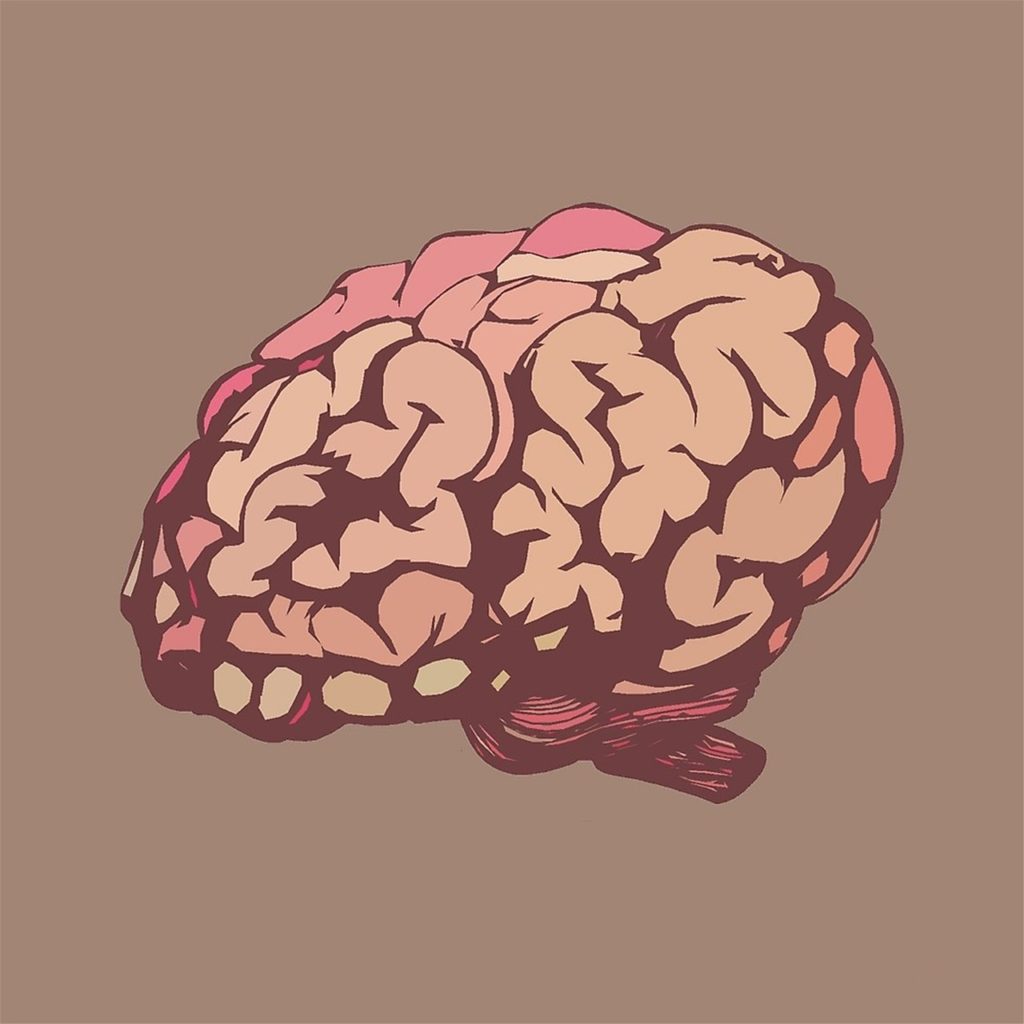If you’re an avid yoga practitioner caring for your body, you might be confused about lengthening versus stretching.
The terms are often used interchangeably by yoga instructors – making it seem that they are the same thing. The reality is more complex than that.
So let’s take a look at the subtleties of stretching and lengthening.
What Goes Into Stretching?
Stretching is the benchmark of practices such as yoga and Pilates. When you stretch, you’re increasing flexibility. But you’re NOT lengthening the muscle. This noticeable increase in flexibility can give the illusion that the muscles have become longer.
The thing is, muscles have a fixed origin and insertion point. They start at one point on a bone and end at another. There is nothing in stretching that will change those two attachment points.
So then what’s happening?
The Neurological Aspect of Stretching
It might seem weird, but stretching is as much about your nervous system as it is about your muscles.
When you stretch, the sensation you experience is really the nervous system sensing danger and shortening the muscle in response. This is called the stretch reflex. It happens in order to protect both the muscles from overstretching and the joints and deeper fascia from sustaining too much pressure.

Stay in a stretch long enough and you’ll decrease the brain’s threat response. It will ease up on tightening and shortening the muscles. And although the stretched muscles may be more relaxed and extended, it’s a temporary condition.
In reality, the stretching action is then transferred to the connective tissue that surrounds the muscle and helps to open tight joints and fascia by realigning the fibers in these tissues.
For an example of the stretch reflex, try this. Hold out one hand and tighten the muscles in it. With the other hand, try to pull on one of the fingers on the engaged hand. You’ll notice there’s very little movement. But if you allow the hand to relax and pull on that same finger, you’ll feel the joints separate.
What, then, goes into lengthening a muscle? Or is it even possible?
Lengthening Versus Stretching
It is possible to lengthen muscles to some degree. This isn’t done through stretching though. Resistance training (using movements with eccentric contractions and stretch-activated muscles) as well as explosive training are the most effective routes.

But once again, the increase is temporary. And this is a good thing!
It’s important that muscles are the appropriate length for specific activities. There needs to be the right amount of passive elastic force for the sake of your musculoskeletal health. If you were able to make your muscles longer, it would increase stress on the ligaments, joint capsules, cartilage, bones, and discs. This would spell serious disaster for the joints.
So be grateful that those stretched muscles aren’t actually getting longer!
Enjoy the Benefits of Stretching
Obviously, when it comes to lengthening versus stretching, yoga provides all the benefits of the latter. It also enhances strength and flexibility while improving respiratory and cardiovascular function.
Furthermore, it serves to reduce stress, anxiety, and depression, aid with sleep, boost recovery from and treatment of addiction, and improve overall well-being.
So if you’d like to see how yoga can enhance the quality of your life, contact us today. We’ll bring the practice right to your business or organization! And we offer both virtual and in-person sessions.



